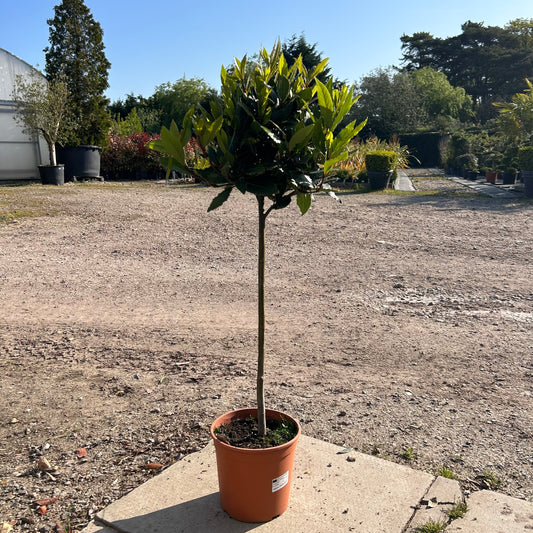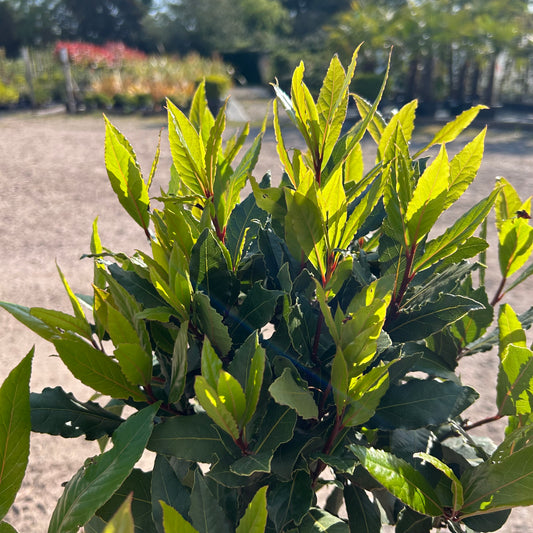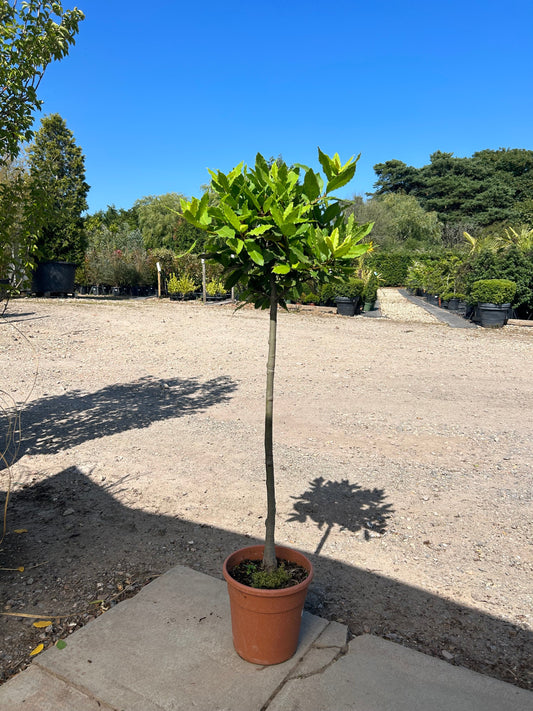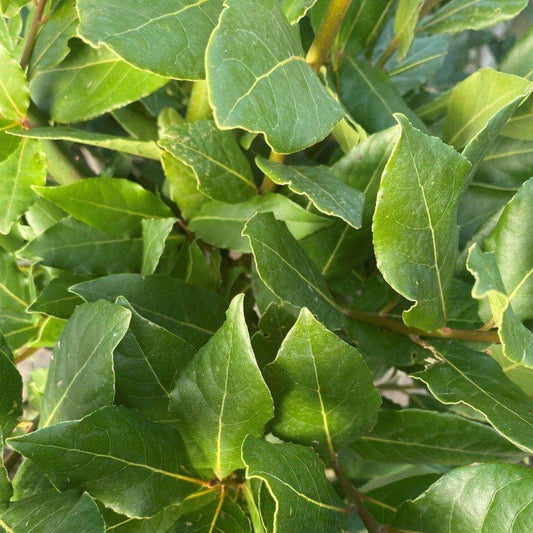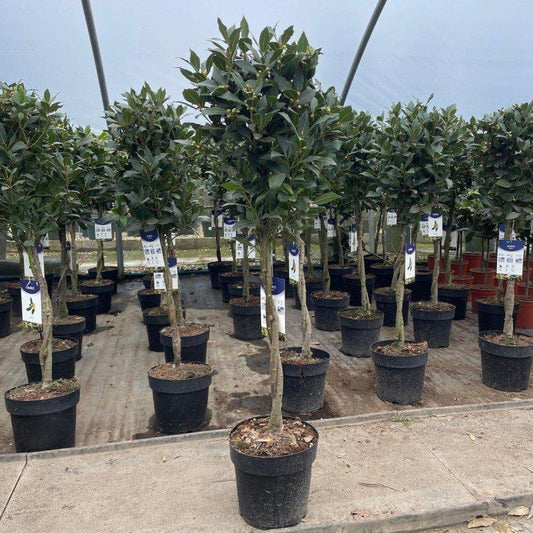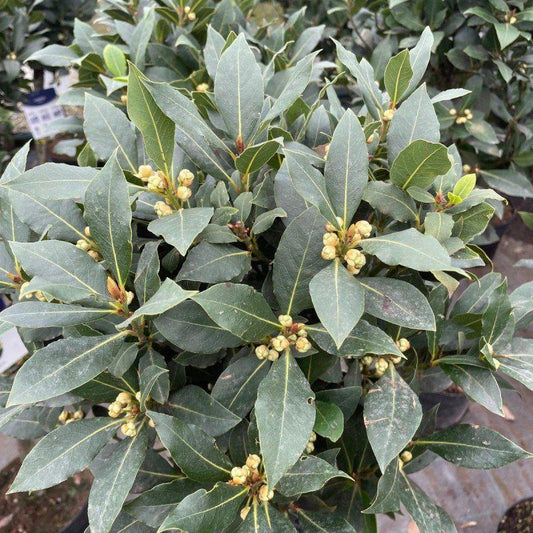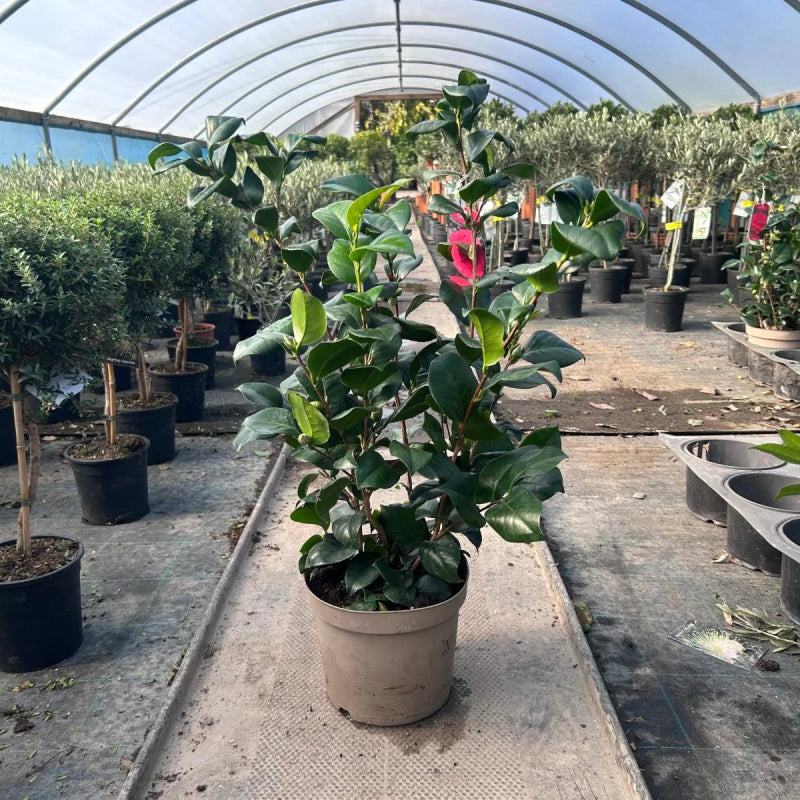Inside this Article:
- Introduction to Camellia Japonica 'Cambelli'
- Optimal Growing Conditions in the UK
- Planting Guidelines
- Watering and Fertilization
- Pruning and General Care
- Disease and Pest Management
- Avoid these 5 Mistakes When Growing and Planting Camellias
- Winter Protection
- FAQs About Camellia Japonica 'Cambelli' Care
- Q: What distinguishes Camellia Japonica 'Cambelli'?
- Q: What are the light requirements for 'Cambelli'?
- Q: What soil type does 'Cambelli' need?
- Q: How frequently should I water Camellia Japonica 'Cambelli'?
- Q: Is regular pruning necessary for 'Cambelli'?
- Q: How should I protect 'Cambelli' during cold UK winters?
Introduction to Camellia Japonica 'Cambelli'
Camellia Japonica 'Cambelli' is a striking variety, celebrated for its large, rose-like blooms and glossy foliage. This guide is designed to assist UK gardeners in nurturing 'Cambelli', ensuring it flourishes in their gardens. The 'Cambelli' variety stands out with its vibrant red flowers and robust growth habit, making it a popular choice for adding a splash of colour to garden landscapes.

Optimal Growing Conditions in the UK
Camellia Japonica 'Cambelli' performs best in the UK's mild climate when planted in a location with partial shade. It prefers a sheltered spot to protect its delicate blooms from harsh weather. The ideal soil for 'Cambelli' is acidic, well-drained, and rich in organic nutrients.
Planting Guidelines
When planting 'Cambelli', choose a site that avoids direct afternoon sun, which can stress the plant and fade the flowers. Soil with a pH between 5.5 and 6.5 is ideal. If your garden soil is alkaline, consider using ericaceous compost to provide the right conditions.
Watering and Fertilization
Water 'Cambelli' regularly, particularly during dry spells, to keep the soil consistently moist. Avoid over-watering, as this can lead to root issues. A specialized camellia or ericaceous fertilizer applied in early spring will help promote vibrant blooms and healthy foliage.
Pruning and General Care
Pruning should be done cautiously with 'Cambelli', ideally just after the blooming period. This will help maintain its shape and encourage new growth. Regularly removing spent blooms and keeping the area around the plant clean will reduce disease risk.
Disease and Pest Management
'Cambelli' is relatively resistant to pests and diseases, but it can occasionally be affected by common issues like scale insects or camellia leaf gall. Vigilant care and early intervention are key to managing these problems.
Avoid these 5 Mistakes When Growing and Planting Camellias
See this great video from Walking Talking Gardeners
Winter Protection
In colder regions of the UK, 'Cambelli' may require some winter protection. A layer of organic mulch around the base can help insulate the roots, and wrapping the plant in fleece can provide extra protection against frost.
FAQs About Camellia Japonica 'Cambelli' Care
Q: What distinguishes Camellia Japonica 'Cambelli'?
A: 'Cambelli' is known for its large, bright red, rose-like blooms and is a standout variety among camellias.
Q: What are the light requirements for 'Cambelli'?
A: It thrives in partial shade, avoiding direct afternoon sunlight to protect its blooms.
Q: What soil type does 'Cambelli' need?
A: Acidic, well-drained soil rich in organic matter is best suited for 'Cambelli'.
Q: How frequently should I water Camellia Japonica 'Cambelli'?
A: Ensure consistent soil moisture, especially in dry periods, but be cautious of over-watering.
Q: Is regular pruning necessary for 'Cambelli'?
A: Light pruning after flowering is recommended to maintain shape and encourage healthy growth.
Q: How should I protect 'Cambelli' during cold UK winters?
A: Apply a protective layer of mulch and consider using fleece covers in very cold weather, especially for younger plants.


